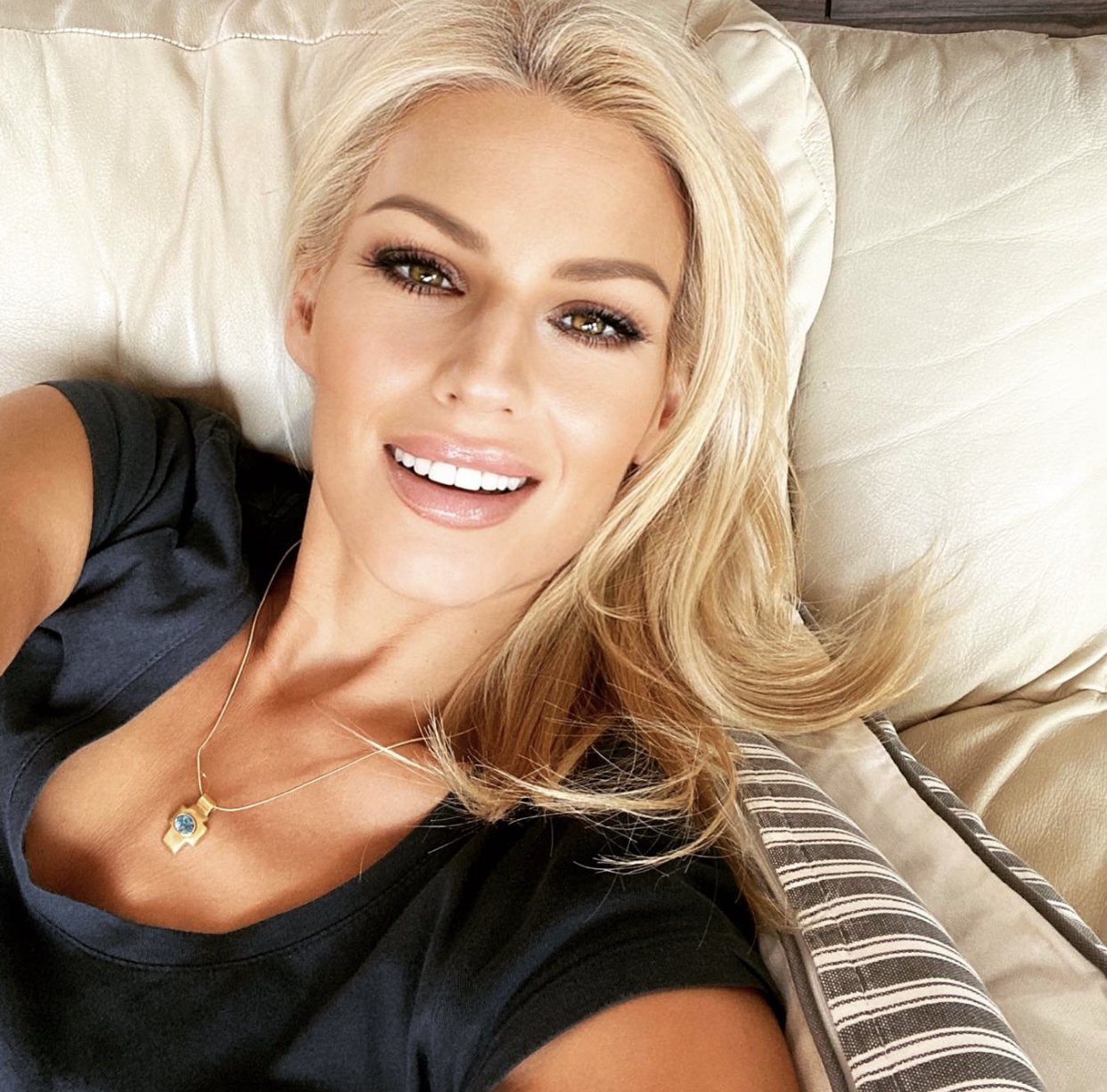Angelina Jolie has revealed that she has had her ovaries and fallopian tubes removed to prevent her from developing ovarian cancer in a candid piece for theNew York Times.

Actress Angelina Jolie announced she had had her ovaries and fallopian tubes removed to avoid the risk of cancer. Two years ago the star had both breasts removed because of an inherited high risk of cancer. (Reuters)
Nearly two years after writing a much-discussed essay in the New York Times detailing her decision to have a double mastectomy, Angelina Jolie has followed up with more health news: Last week, she underwent surgery to remove her ovaries and fallopian tubes.
“It is not easy to make these decisions,” she wrote in an opinion piecepublished Tuesday. But, Jolie said, “I know my children will never have to say, ‘Mom died of ovarian cancer.’ ”
The surgery, like the double mastectomy Jolie underwent in 2013, was preventive. She carries a gene mutation called BRCA1 that puts her at high risk for breast and ovarian cancers, and three women in her family have died of cancer.
After a blood test revealed high levels of inflammatory markers that could be signs of early cancer, Jolie immediately underwent testing for a tumor. The surgeon who conducted the ultrasound was the same one who treated her mother, Jolie wrote, and the two teared up when they saw one another.
“But we smiled at each other and agreed we were there to deal with any problem, so ‘let’s get on with it,’ ” Jolie wrote.
The tests were negative, but Jolie opted for surgery anyway. Though there are several routes for preventing cancer in women with the BRCA1 mutation, Jolie and her doctors — both Eastern and Western — decided that removing her ovaries and tubes was best for her.
The surgery, called a laparoscopic bilateral salpingo-oophorectomy, effectively puts Jolie in early menopause. The 39-year-old will not be able to have any more children.
“But I feel at ease with whatever will come, not because I am strong but because this is a part of life,” she wrote.
For advocates of breast cancer awareness, Jolie’s essays are a welcome dose of candor on a subject they say is often stigmatized.
A few decades ago, “it would not have been the norm for someone of Angelina’s stature to come out and talk about having this disease, having preventive surgery like this,” Nancy Brinker, the founder of Susan G. Komen for the Cure, told The Washington Post in 2013. “It’s a real testimony to her and to the journey we’ve all gone on in the last 30 years.”

Here is the whole Chronicle of Angelina’s point of view:
LOS ANGELES — TWO years ago I wrote about my choice to have a preventive double mastectomy. A simple blood test had revealed that I carried a mutation in the BRCA1 gene. It gave me an estimated 87 percent risk of breast cancer and a 50 percent risk of ovarian cancer. I lost my mother, grandmother and aunt to cancer.
I wanted other women at risk to know about the options. I promised to follow up with any information that could be useful, including about my next preventive surgery, the removal of my ovaries and fallopian tubes.
I had been planning this for some time. It is a less complex surgery than the mastectomy, but its effects are more severe. It puts a woman into forcedmenopause. So I was readying myself physically and emotionally, discussing options with doctors, researching alternative medicine, and mapping my hormones for estrogen or progesterone replacement. But I felt I still had months to make the date.
Then two weeks ago I got a call from my doctor with blood-test results. “Your CA-125 is normal,” he said. I breathed a sigh of relief. That test measures the amount of the protein CA-125 in the blood, and is used to monitor ovarian cancer. I have it every year because of my family history.
But that wasn’t all. He went on. “There are a number of inflammatory markers that are elevated, and taken together they could be a sign of early cancer.” I took a pause. “CA-125 has a 50 to 75 percent chance of missing ovarian cancer at early stages,” he said. He wanted me to see the surgeon immediately to check my ovaries.
I went through what I imagine thousands of other women have felt. I told myself to stay calm, to be strong, and that I had no reason to think I wouldn’t live to see my children grow up and to meet my grandchildren.
I called my husband in France, who was on a plane within hours. The beautiful thing about such moments in life is that there is so much clarity. You know what you live for and what matters. It is polarizing, and it is
peaceful.

That same day I went to see the surgeon, who had treated my mother. I last saw her the day my mother passed away, and she teared up when she saw me: “You look just like her.” I broke down. But we smiled at each other and agreed we were there to deal with any problem, so “let’s get on with it.”






No Comments